Landmarks fall victim to demolition
City Market
South Duke & E. Princess streets, York
The situation
Those steps, below, led to York’s City Market, a Dempwolf-designed building with a tall tower. That market house, one of five in York, was demolished in 1963. The main part of its footprint has never seen another occupant.
A service station, now vacant, operated on the lot’s corner at South Duke and East Princess Street, for decades.
This story was repeated in the 1950 through 1970s, as York city sought solutions for increasing suburban retail competition with it large, no charge lots for a growing vehicle culture.
The cost of such demolition of many landmark buildings is a gap-toothed city streetscape today.
Actually, the loss is higher than that. It has reduced a sense of place and lowered our quality of living. To tear down or not represent big decisions that impact others – perhaps for generations.
There’s a direct human cost, too.
Dorothy King, a retired Penn State Harrisburg professor, grew up in Faith Presbyterian and remembers when it was pulled down. Her sense of loss in the demolition of her girlhood church home remains acute.
“That church was such a part of who I was that I was devastated when it was torn down,” she said this week. “It felt like a family member had died. Many of my childhood memories are tied to Faith.”
Today, its footprint is covered by a parking lot.
As for the City Market demolition,
Yorkblogger June Lloyd, writing about the ‘Final Days of York City Market,’ indicates that the old market protested its demolition in 1963.
She quotes a story from The Gazette and Daily:
“The top of the 80-foot-high tower of the old City market accidentally fell into Duke Street at 11 a.m. yesterday during demolition of the building. The brick section fell with a crash causing a big cloud of brown dust. It knocked out electric lines, broke a utility and light pole, bent two parking meter standards and disrupted traffic signals at Duke Street intersections with College Avenue and South Street. No one was injured.”
More on this landmark-for-parking swap.
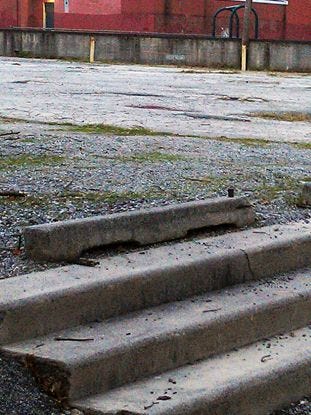
The witness
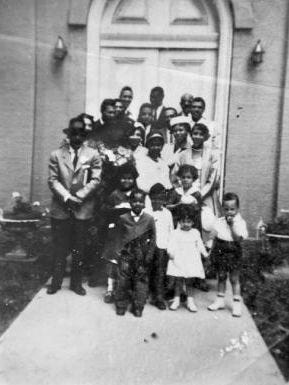
Here’s a sampling of York-area demolitions in the 1950s through 1970s and what currently occupies those spaces.
- Faith Presbyterian Church and community building, 50-52 N. Duke St., parking lot
- Springdale Mansion, 900 block, South George Street, York, vacant for years and now site of Unitarian Universalist congregation
- Children’s Home of York, North Pine and East Philadelphia streets, shopping center with parking lot
- York Collegiate Institute, South Duke Street and East College Avenue, city park
- York City Market, South Duke and East Princess streets, service station and vacant lot
- Helb’s Keystone Brewery, 100 block of East King Street. After demolition, a gas station went in. Now it’s a parking lot.
- Hannah Penn Junior High, College Avenue and Beaver Street, parking lot
- York County Academy, 100 block, North Beaver Street, parking lot
- York Gazette building, first block of East King Street, parking lot
- West Maryland Railroad passenger station, North George Street & Codorus Creek, east side. After demolition, a gas station went in. Now, it’s a vacant lot.
- Thomas Shipley home, 500 block of Roosevelt Avenue, largely undeveloped lot
- Helb home, Richland Avenue and West Market Street (southwest corner), service station
- Lefean home, Richland Avenue and West Market Street (northwest corner), parking lot
- Methodist Church (original site of present-day Asbury United Methodist), North Beaver & West Philadelphia streets. This church building was demolished and a gas station went in followed by grocery and furniture stores. A parking deck now occupies the site.
- Moravian Playground, corner of West Princess Street and South Pershing Avenue, parking lot
- Home to Smallwood, Gray and Goodridge families, Zion AME Church, 100 block of North Duke Street, parking lot
- Reeves/Thackston families, 500 block of Cleveland Avenue, parking lot
- Codorus Street neighborhood, city park, parking lot
- Black-owned businesses and homes, 100 block of West Princess Street, expansion of York High School, parking lot at main entrance.
The Friends of Lebanon Cemetery lists the last four sites as particularly meaningful to Black residents.
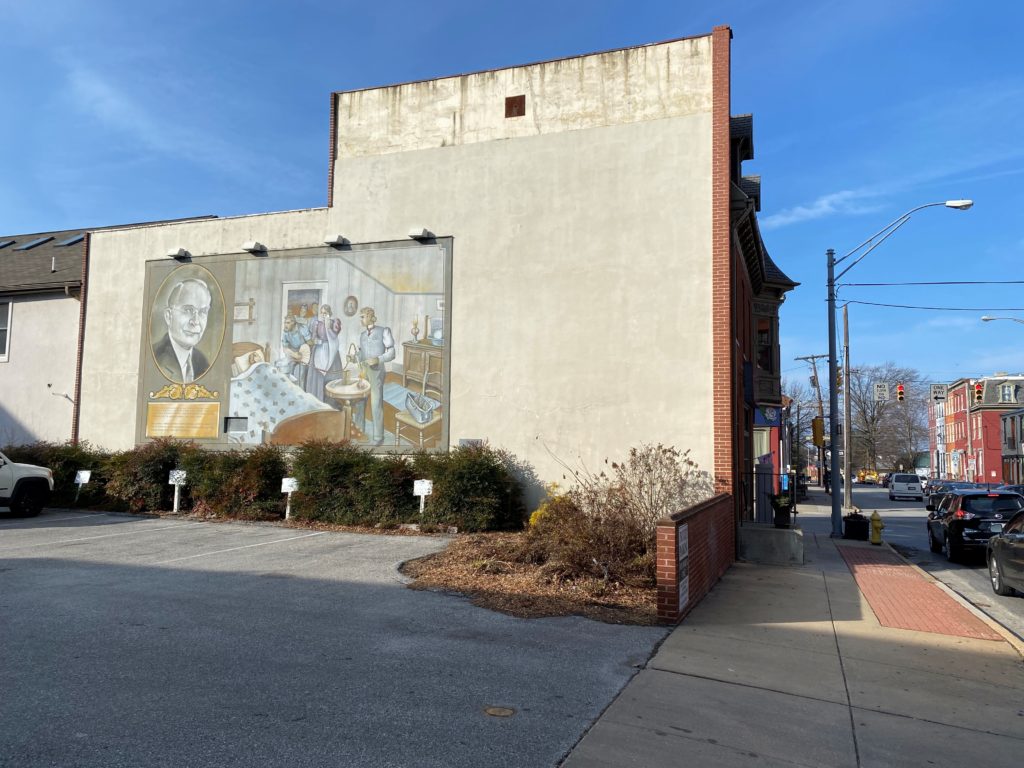
Those significant York County buildings that have been threatened or/and saved in the past 75 years are well documented. Not all have resulted in vacant lots or parking lots. Here are past stories and photo galleries:
- The Frey Avenue neighborhood in the South Broad Street area, long remembered by many, was razed to make way for high-rise apartments.
- Watch: 5 York buildings that should never have come down.
- Photos: These York County buildings should have never come down.
- These York County landmarks escaped demolition.
- Stop the dozer: These York County buildings should be saved.
- Photos: These York County buildings were jacked up and moved.
The question
If we could, preservationists would save every building. However, restoration and preservation take time and money. How do we balance development with preservation? How do we make room for improvements while honoring our past?
Put simply, how do we decide what’s worth saving?
Related links and sources: James McClure’s York Town Square blog, McClure’s YDR.com stories, Friends of Lebanon Cemetery. Bottom photo by Jim McClure. All other photos, York Daily Record
— By JAMIE NOERPEL and JIM McCLURE

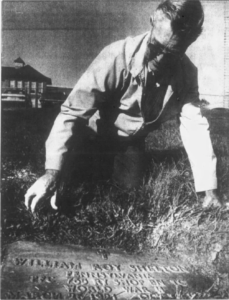
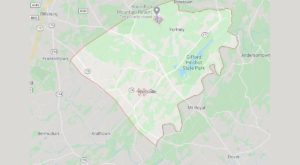
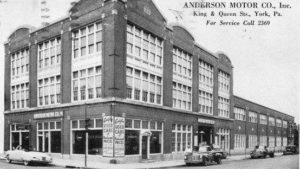
Pingback: Our courthouses - Indicators of what we like - Witnessing York